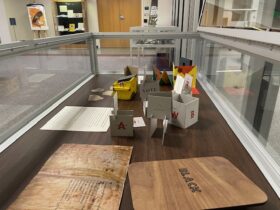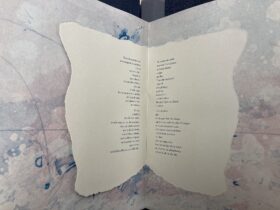
April 17, 1397 would turn out to be very significant in the development of English literature, for on this day Geoffrey Chaucer read his Canterbury Tales out loud for the first time in King Richard II’s court. He read it in English, the language of the common man, instead of the Norman French usually spoken at court.
It is believed that Chaucer may have written The Tales in the hope of having English accepted as a courtly language. On 17th April 1397, he was given the privilege of reciting his own works before the ladies and gentlemen of the court. In those days, public entertainment often consisted of a reader, reciting works from a book. Although readers were scarce and books scarcer still, the king could afford to pay for a narrator to read at his court.
The Canterbury Tales, the magnum opus of Sir Geoffrey Chaucer and his best known work, concerns a diverse group of 30 pilgrims embarking upon a pilgrimage to the shrine of St. Thomas at Canterbury. To pass the time on their journey, they tell stories; the traveler who spun the best tale was to receive a free meal at the Tabard Inn upon his return. Their individual tales mirror their station in life – knight, parson, clerk, etc., for both good and ill.

Chaucer died October 25, 1400 in London, England, and was the first to be buried in Westminster Abbey’s inaugurated Poet’s Corner. After his death, The Canterbury Tales reached the wider world and were widely reproduced. By the mid-15th century he was regarded as the greatest English poet of all time, the art form he had pioneered about to flourish after the invention of the printing press in 1476. This invention would come to mass-produce Chaucer and would make The Tales available to all writers who would follow him.
Visit Special Collections, located on the second floor of the Bartle Library to view the Libraries’ 1741 edition of The Canterbury Tales.





